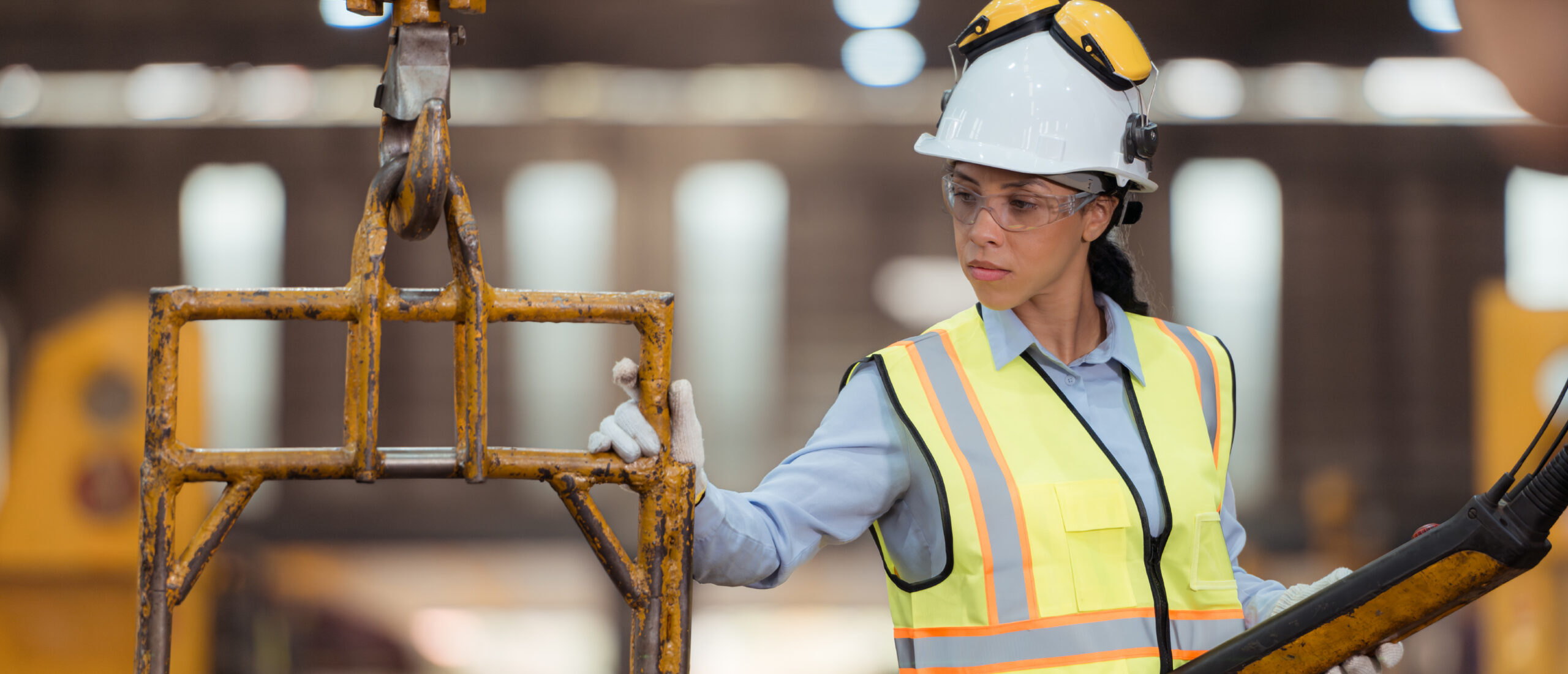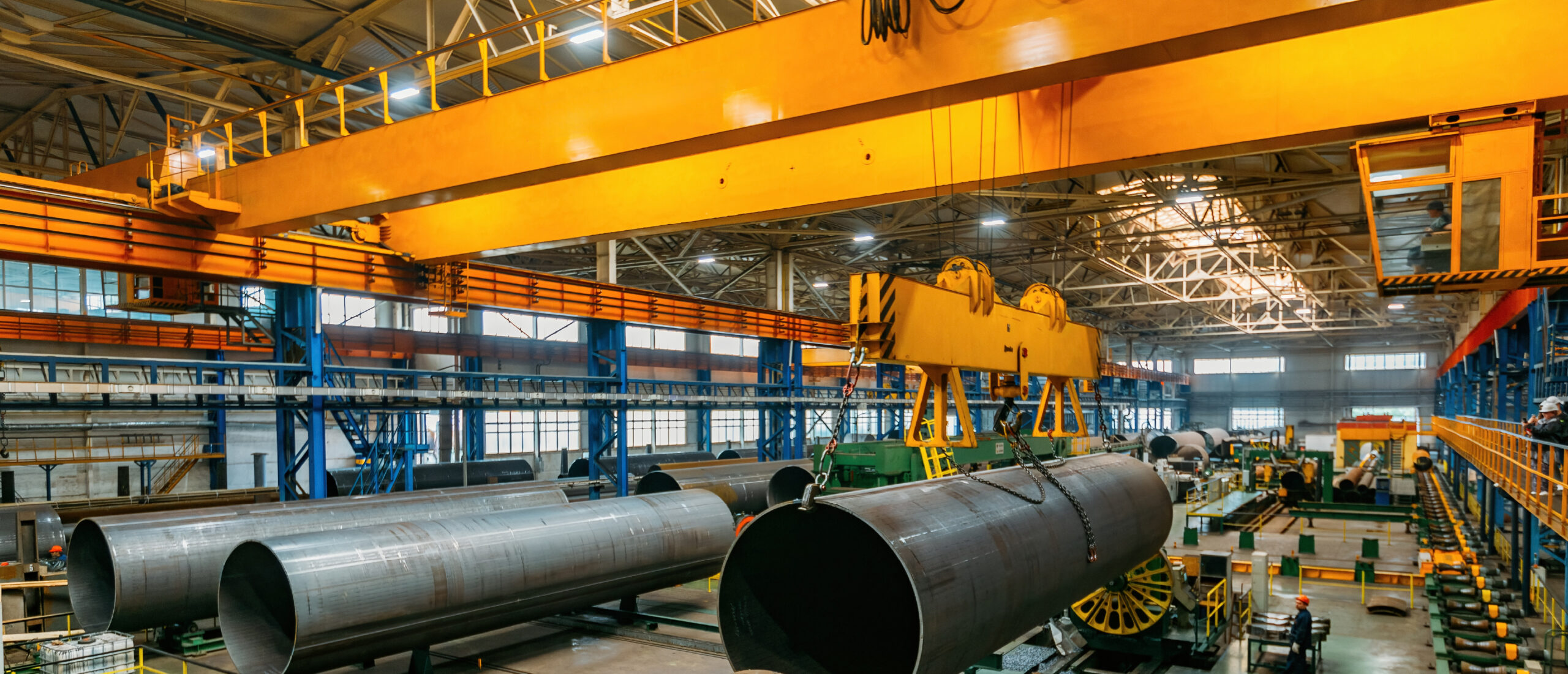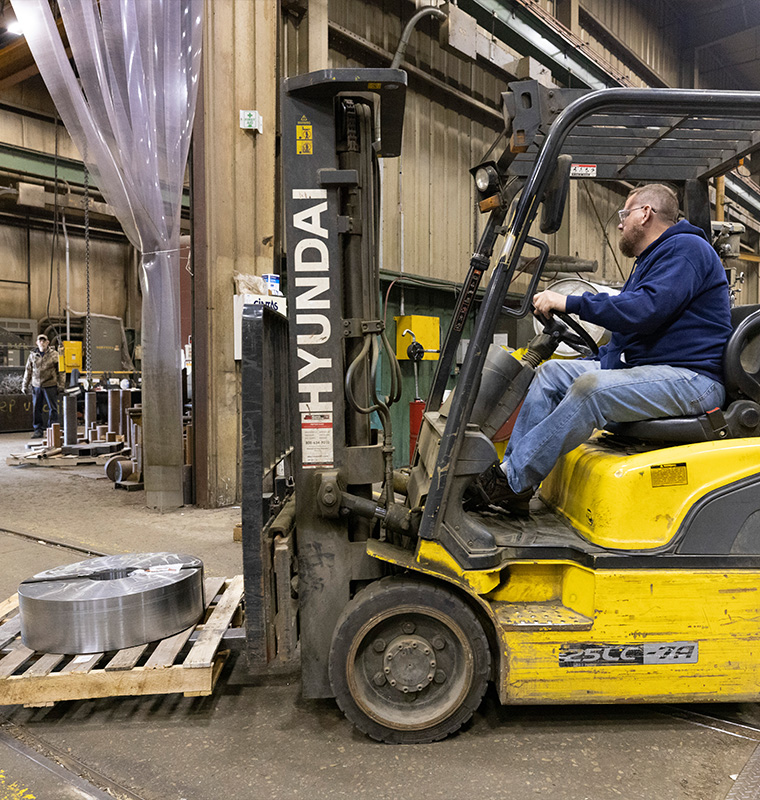Overhead Crane Electrification: Innovations in Power Supply and Efficiency
Overhead cranes are indispensable in modern industrial operations, tasked with moving and lifting heavy loads with precision. The functionality of these cranes hinges significantly on their electrification systems, which provide the necessary power for operation and ensure smooth, safe performance. As technological advancements continue, a variety of sophisticated electrification options have become available, each designed to meet specific requirements and enhance operational efficiency.
What is Crane Electrification?
Crane electrification involves the provision of electrical power to overhead crane systems. It encompasses various methods and technologies to transmit power from a source to the crane’s moving components, such as the bridge, trolley, and hoist. This electrification ensures seamless crane operation and facilitates the lifting and movement of heavy loads within industrial facilities.
Importance of Crane Electrification
- Enhanced Safety: Electrification systems incorporate safety features to protect both operators and machinery. Insulated covers, grounding systems, and proper cable management minimize the risk of electrical hazards and accidents, ensuring a safer working environment.
- Optimized Maintenance: Modern electrification systems, such as conductor bars and cable reels, are designed for durability and ease of maintenance. They require less-frequent inspections and replacements, reducing downtime and maintenance costs while prolonging crane lifespan.
- Improved Productivity: Efficient electrification directly contributes to higher productivity. Systems that provide consistent and reliable power minimize downtime, enabling uninterrupted workflow and faster load handling. Additionally, flexible systems adapt to varying operational requirements, enhancing overall crane utility and productivity.
- Adaptability and Customization: Crane electrification solutions offer flexibility and customization options to suit diverse industrial applications. Whether it’s adjusting cable lengths, accommodating varying crane sizes, or adapting to specific environmental conditions, electrification systems can be tailored to meet unique operational needs.
Understanding Electrification Options
Overhead cranes require a reliable power source to operate efficiently and safely within industrial facilities. There are three primary electrification systems used to power these cranes: conductor bars, festoon systems, and cable reels. Each of these systems has its unique characteristics and is suited for different operational needs and environmental conditions.
Conductor Bars: Streamlined Power Transmission
Conductor bars are one of the most common methods for powering overhead cranes. They consist of multiple bars (typically three live and one ground), with collectors that slide along these bars as the crane moves. This setup provides a continuous power supply to the crane.
Purpose and Benefits
- Continuous Power Supply: Ensures smooth crane operations without frequent stops, which enhances efficiency and reduces wear on the equipment.
- Customization and Safety: Offers various amperage ratings and voltage levels; newer models can also transmit data signals. Safety features include protective guarding and grounding to prevent accidental contact.
Festoon Systems: Flexible and Adaptable
A festoon system uses a series of cables that are suspended along the crane’s path. These cables are managed by trolleys that move as the crane operates, extending or retracting the cables as needed.
Purpose and Benefits
- Customization: Easily adjusted for length and the number of cables required, making it suitable for different crane sizes and travel distances.
- Installation and Maintenance: Relatively straightforward to install; requires space for storing the cable loops but offers ease of maintenance.
Cable Reels: Compact and Efficient
Cable reels involve a spool that holds a length of cable wound around it. As the crane moves, the cable unwinds to provide power, and rewinds when the movement is reversed.
Purpose and Benefits
- Space Efficiency: Requires less space compared to festoon systems, as it deals with a single cable that retracts onto a reel.
- Ease of Use: Offers a tidy solution with fewer tripping hazards and is relatively easy to maintain, provided there is enough room for the reel system.
Key Considerations for Crane Electrification
Selecting the right electrification system for overhead cranes involves evaluating several critical factors that influence safety, maintenance, and productivity. Each system has unique features designed to meet the demands of different industrial environments. Understanding these factors is essential for ensuring the electrification method not only powers the crane efficiently but also aligns with operational goals and safety standards.
Safety Enhancements
Each electrification option incorporates specific safety features to protect the operators and the machinery. For instance, conductor bars use insulated covers and grounding systems, while festoon systems ensure cables are adequately supported to prevent wear and damage.
Maintenance Reduction
Opting for modern electrification systems can significantly reduce maintenance needs. Systems like conductor bars and cable reels are designed for durability and ease of upkeep, requiring less frequent inspections and replacements.
Productivity Improvement
Efficient electrification directly contributes to higher productivity. Systems that provide consistent and reliable power like conductor bars minimize downtime, while flexible systems like festoons adapt to varying operational requirements, enhancing overall crane utility.
Electrification Solutions for Every Application
When planning a new crane installation or upgrading an existing system, it’s crucial to consider the specific requirements of the operation. Space availability, crane usage frequency, environmental conditions, and safety regulations all play vital roles in determining the most appropriate electrification method.
Zenar Cranes collaborates closely with clients to select and implement the ideal electrification solution that aligns with their operational needs and budget constraints. By integrating advanced technologies and adhering to industry standards, Zenar ensures that each crane electrification system enhances the efficiency and safety of the operations it supports.
To explore how Zenar’s electrification solutions can optimize your overhead crane operations, contact us today. We are dedicated to empowering your business with the most advanced and reliable crane technologies available.
Read
More
Articles

8 Ways to Avoid Costly Crane Repairs
Overhead cranes play a pivotal role in the efficiency of industrial operations, serving as critical equipment in the movement and lifting of heavy materials. However, when these cranes falter, the financial repercussions from repairs, lost productivity, and enhanced safety risks become significant.

Troubleshooting Techniques for Overhead Crane Electrical Problems
Nestled within the bustling heart of the industrial sphere, overhead cranes stand as monumental testaments to human engineering and ingenuity. These mechanical behemoths are indispensable in a myriad of sectors, from construction to manufacturing, playing a pivotal role in the lifting and transportation of heavy materials. Yet their pivotal role comes with its set of challenges, especially when it comes to maintaining their electrical integrity.

Overhead Cranes vs. Forklifts
When it comes to material handling, efficiency, safety, and cost-effectiveness are always top concerns in any industrial environment. Two of the most common equipment types used in these settings are overhead cranes and forklifts.